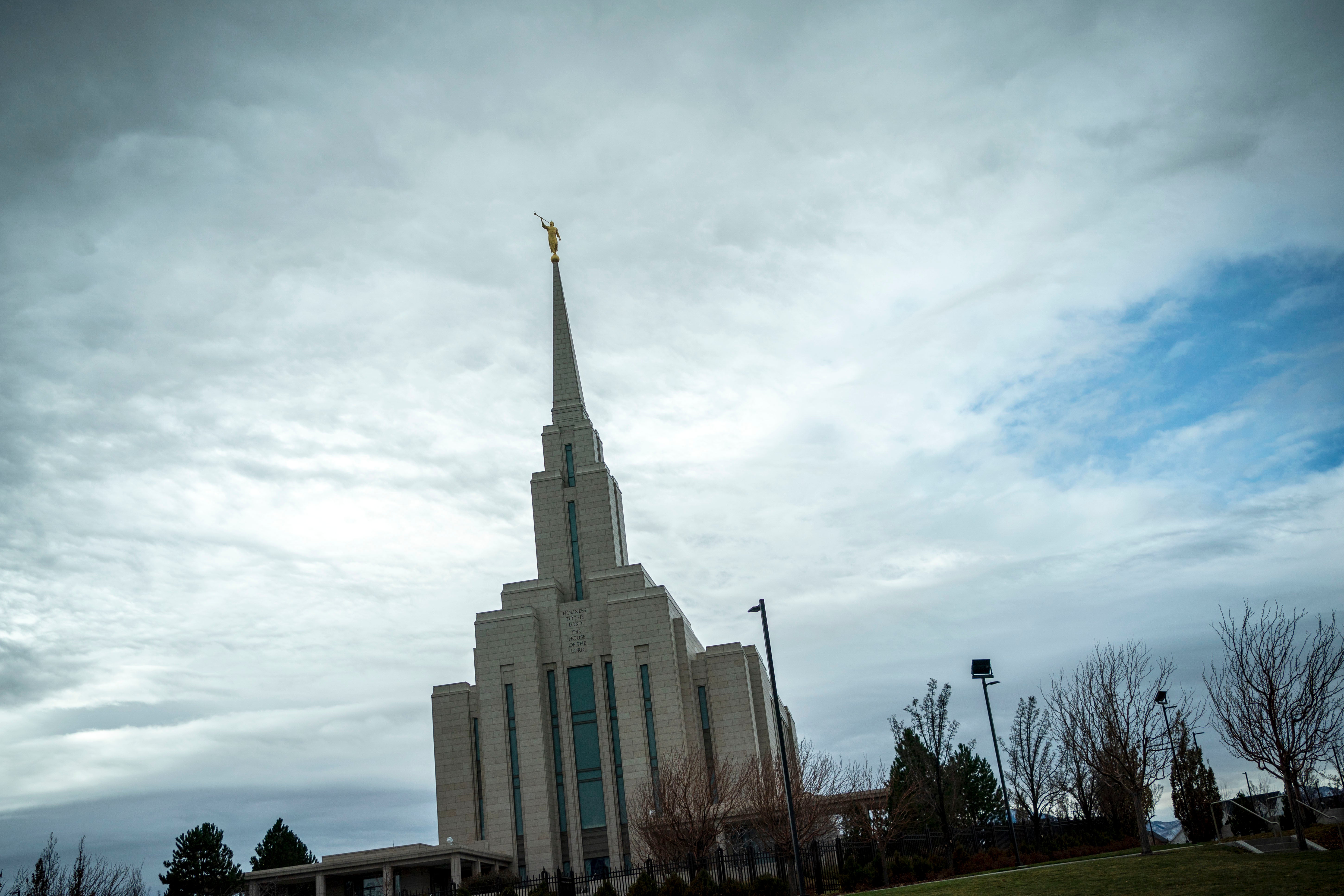The Church of Jesus Christ of Latter-Day Saints which is also referred to as the Mormon Church – has a complicated story of race relations. This article seeks to provide an honest and objective analysis of the treatment that was historically given to Black members of the Mormon Church and to discuss the policies and restrictions implemented and the ways in which the Church has evolved to disavow the past practices and beliefs related to racism.
Blacks in Mormonism – Historical Overview
Between 1851 and 1897, the Mormon Church had a rule that prohibited blacks from being ordained to the priesthood. The decision was based on the interpretations of scriptures and opinions of the day regarding race. Black individuals were disqualified from certain rituals and duties in the Church, which led to being a minority within the Mormon community. This discrimination was not unique to Mormonism. It was indicative of the prevalent racial prejudices that existed within American society at that time.

Mormon Black People and the 1978 Revelation
In the year 1978, Spencer W. Kimball received what Mormons believe to be a divine revelation regarding the exclusion of blacks from the priesthood. This revelation was regarded as the turning point that lifted a policy in place for over 100 years. The Church of Jesus Christ of Latter-Day Saints confirmed that Black individuals can now claim the priesthood and be fully involved in the activities of the Church.
The Church today denounces racism, while also promoting unity and inviting everyone to accept Jesus Christ, regardless of race. The doctrine affirms equality to all people, stating that God will accept anyone regardless of race, gender or the status of their social life. For more information, click Mormons and Black People
Joseph Smith’s Fair Treatment of Black Individuals
Joseph Smith, founder of the Mormon Church despite the racial prejudices at his time, showed a compassionate and fair treatment of Black people. Joseph Smith may have ordained Black men to the priesthood in his lifetime, as per his own records. This practice was consistent with Smith’s teachings about equality and inclusion in the Church. The leaders who followed had policies in place that prohibited Blacks from becoming priests in a sign of changing attitudes towards race during the middle of the 19th century.
Racism in the United States: A Call to Action
The Church of Jesus Christ of Latter-Day Saints is taking important steps in modern times to fight racism and encourage unity within its members. The Church has made public statements in which it disavows the past beliefs about race. They insist that racism in any form is contrary to the doctrines of Jesus Christ and the core doctrines of the Church.
The Church actively encourages understanding, love, and acceptance of its diverse members in a way that affirms the value and worth of every individual. The members are taught about the significance and importance of avoiding opinions that are discriminatory, as well being aware of cultural diversity, inclusivity, and sensitiveness.
We also have a conclusion.
Knowing the background of Blacks in Mormonism and the Church of Jesus Christ of Latter-Day Saints’ progress in dealing with issues of race is vital in fostering unity and encouraging equality. This painful policy, which limited Blacks being ordained into the priesthood for more than 100 years, has been a significant aspect of the Church’s history. In 1978, the announcements concerning this policy marked a turning-point and signaled a commitment to inclusivity and equality.
The current position of the Mormon Church rejects racism, affirms equality, and advocates for acceptance and love among the members of the Church. Through addressing the historical prejudices in the face of race, and taking actions in the direction of progress toward equality, the Mormon Church is moving in a direction of mutual understanding and solidarity.